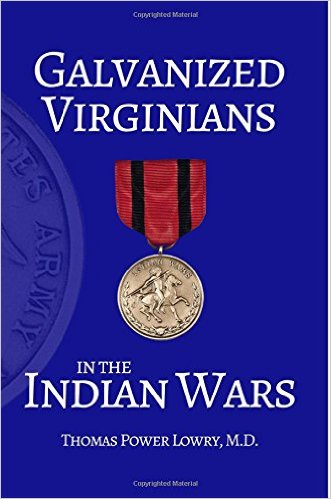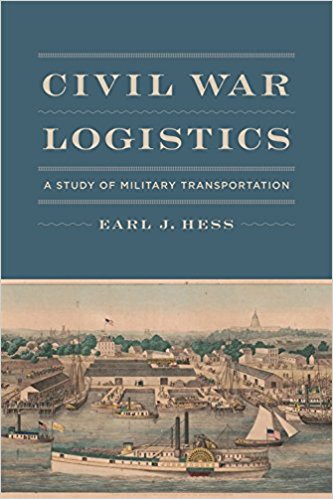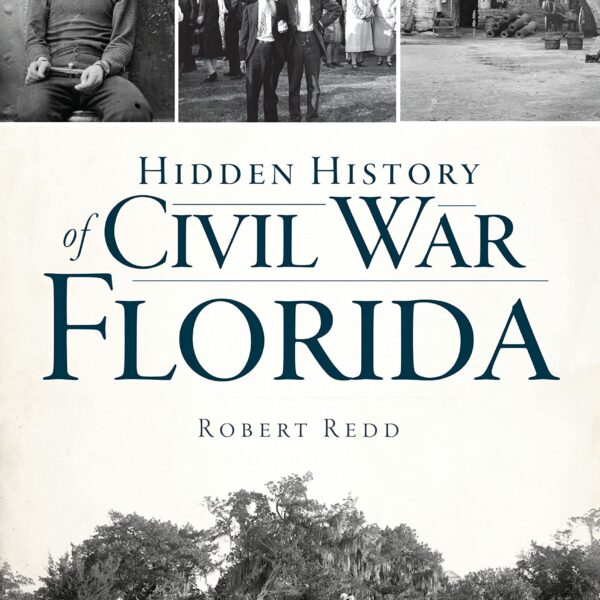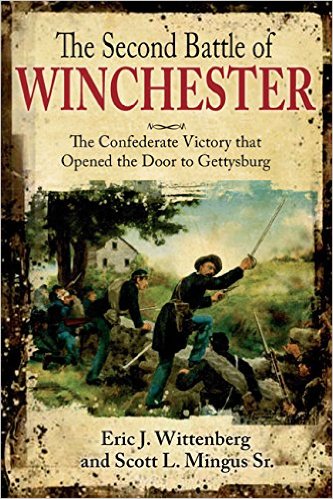The National Tribune Civil War Index: A Guide to the Weekly Newspaper Dedicated to Civil War Veterans, 1877-1943 compiled by Richard Sauers. 3 vols. Savas Beatie, 2018. Cloth, IBSN: 978-1611213645. $44.95 (for Vols. 1-2); $49.95 (for Vol. 3).
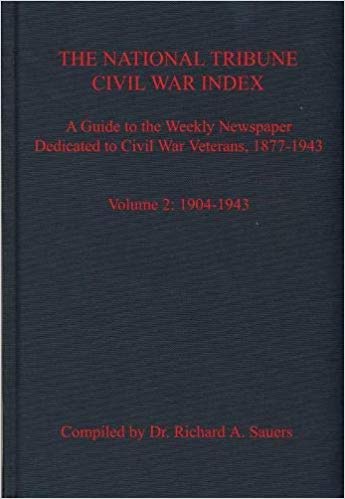 In October 1877, a new periodical for Union veterans made its debut. Published in Washington, D.C., The National Tribune was edited by George Lemon, a captain in the 125th New York who was captured at Harper’s Ferry and wounded at Bristoe Station. Early issues focused on the progress of pension and bounty legislation. “Is the country too poor to pay its soldiers?” a daring headline wondered in November. In February 1878, with ex-prisoners of war in search of their own pension legislation, woodcuts of five, skeletal Andersonville survivors consumed the front page.
In October 1877, a new periodical for Union veterans made its debut. Published in Washington, D.C., The National Tribune was edited by George Lemon, a captain in the 125th New York who was captured at Harper’s Ferry and wounded at Bristoe Station. Early issues focused on the progress of pension and bounty legislation. “Is the country too poor to pay its soldiers?” a daring headline wondered in November. In February 1878, with ex-prisoners of war in search of their own pension legislation, woodcuts of five, skeletal Andersonville survivors consumed the front page.
Over time, however, the paper expanded in size and scope. In August 1881, the monthly became a weekly, not only stocking veterans with information about reunions and relief efforts, but also providing them with an outlet for their reminiscent material. Century’s “Battles and Leaders of the Civil War” series and other popular periodicals seldom published recollections from the ranks. The National Tribune, however, routinely met the urgent need of many veterans to share their stories and set the historical record straight. By publishing accounts in “Fighting Them Over,” one of the paper’s staple columns, veterans found a voice and worked through their memories. Not infrequently, they also ignited (or, in some cases, re-ignited) battlefield controversies, inviting a blizzard of letters to the editor. Consuming dozens of column inches, this sparring yielded invaluable fodder for modern historians.
Not long ago, the Library of Congress added The National Tribuneto the impressive collection of newspapers it has made available online, free and fully digitized. Despite a search function, however, mining the paper for material from a particular regiment, battle, or campaign was tedious at best. This is why Civil War historians will collectively rejoice at the publication of Richard A. Sauers’ The National Tribune Civil War Index: A Guide to the Weekly Newspaper Dedicated to Civil War Veterans, 1877-1943. Opening up a vital source for easy and efficient use by scholars, this three-volume set immediately takes its place on the short shelf of indispensable Civil War reference works. It is the most significant contribution to that genre in recent memory.
The first two volumes move through the newspaper chronologically, indexing articles by issue. “Each entry,” Sauers notes, “includes the page and column numbers, the author’s name, his unit (when known), the title of the article, and a brief note on the article’s subject if the title does not suggest it” (xiii).
The third volume may be the most useful; in it, researchers are treated to four indexes. The first is a traditional subject index. Even a quick survey reveals The NationalTribune’s rich bounty: thirty-three entries on the battle of Tupelo; ten on the fight at Fisher’s Hill; seven on the New York City draft riots; and even two on the engagement at Waddell’s Farm, Arkansas. A second index is organized by author last name, an especially valuable tool for genealogists. The third index is arranged by the author’s fighting unit, while the final index catalogues mentions of fighting units. No future regimental or brigade history will be complete without consulting this set.
Sauers does not index the “vast amounts of fiction” published in The National Tribune, which literary historians may lament. And “the copious amount of [Grand Army of the Republic] material needs an indexer of its own,” he writes (xiii). While scholars of the veteran experience and Civil War memory will still find these volumes useful, this handsome set—tightly bound and printed on high quality paper—will pay its greatest dividends to traditional military historians.
Brian Matthew Jordan is Assistant Professor of Civil War History and Director of Graduate Studies in History at Sam Houston State University. He is the author of Marching Home: Union Veterans and Their Unending Civil War, which was a finalist for the Pulitzer Prize in History.

